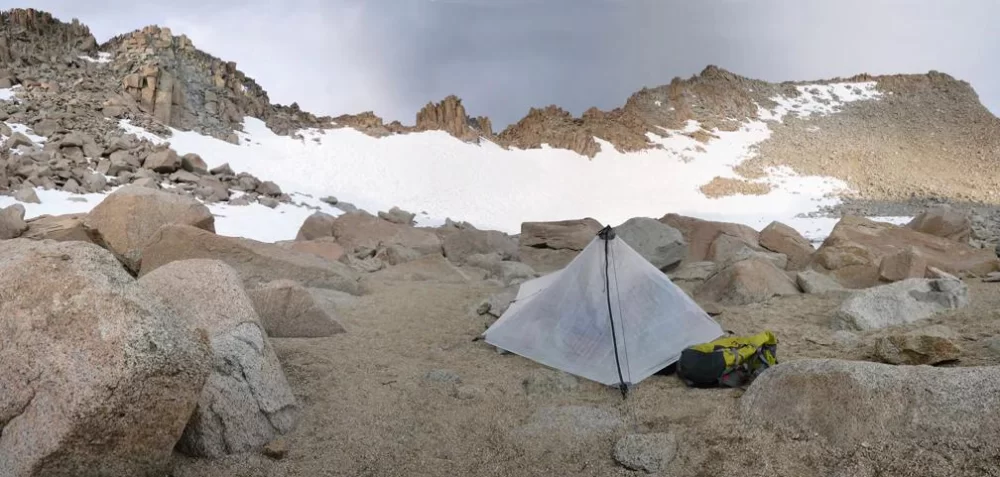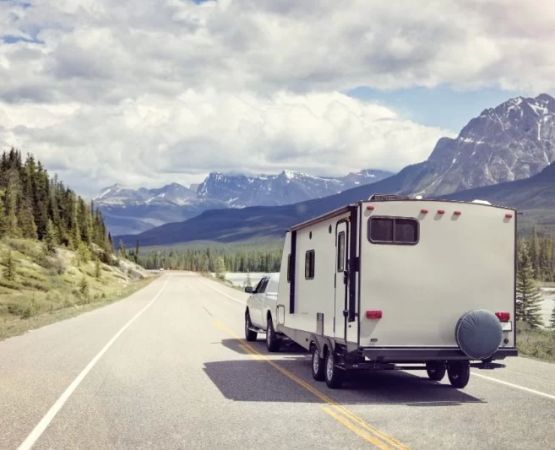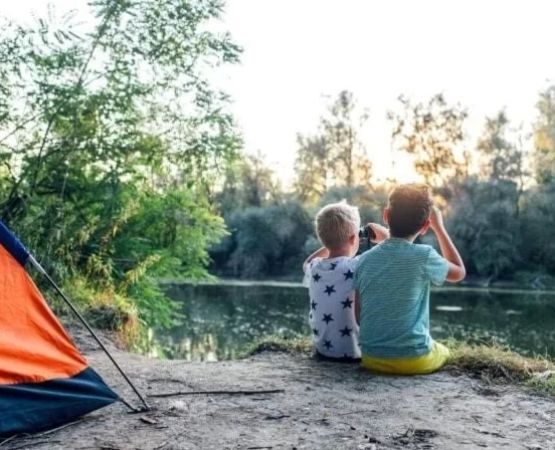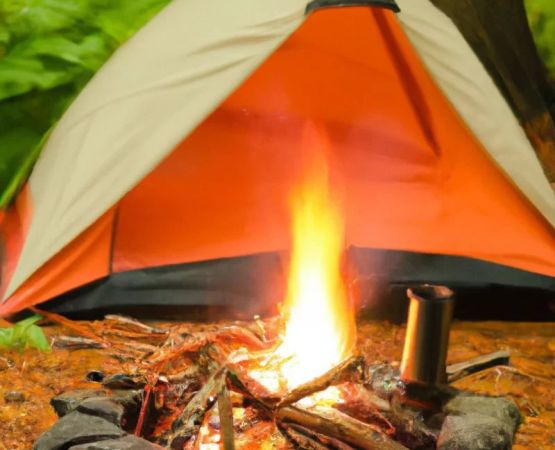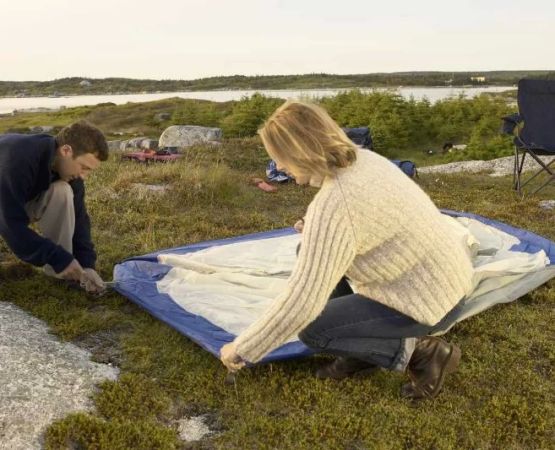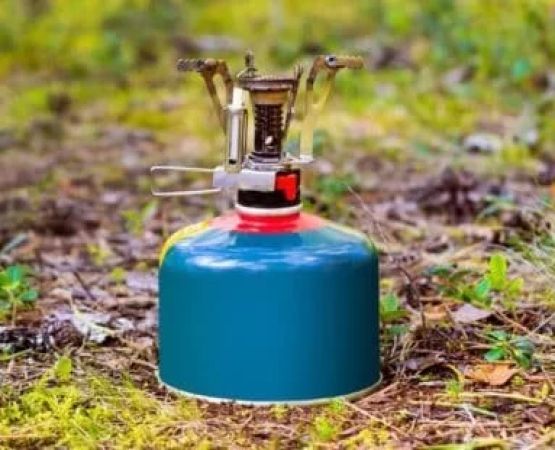Choosing the Perfect Campsite Near a Mountain Range
When it comes to planning a camping trip, selecting the right campsite near a mountain range is a crucial first step. It can make the difference between a peaceful retreat in nature and a stressful, uncomfortable experience. As someone who's spent countless nights under the stars near mountain ranges, I can tell you that picking the right spot can transform your entire trip. Here’s what I’ve learned over the years about finding the ideal campsite that ticks all the boxes.
1. Proximity to Water
One of the first things I always consider is how close my campsite is to a water source. Whether it’s a river, lake, or stream, being near water has multiple benefits. It not only makes it easier to get water for drinking, cooking, and cleaning, but it also provides a peaceful ambiance. I’ve camped by quiet mountain streams where the sound of running water was soothing enough to lull me to sleep. However, it's essential to camp at a safe distance from the water to avoid flooding, especially if the weather turns unexpectedly. Aim for a spot that is about 100 feet away from the water to prevent erosion and to stay safe during sudden weather changes.
2. Flat and Level Ground
Imagine setting up your tent on a sloping surface—your sleeping bag keeps sliding, and you’re waking up every hour trying to reposition yourself. This is something I learned the hard way early in my camping adventures. A flat, level spot is essential for a good night's sleep. When selecting a campsite, look for areas with stable, even terrain. If you're near a mountain, it's even more important to avoid spots that could be prone to rockslides or erosion. Keep an eye out for large rocks or other obstacles that could be uncomfortable to sleep on, or worse, dangerous during a storm.
3. Shelter from the Elements
Mountain weather can be unpredictable. One moment it’s sunny, and the next, you’re caught in a downpour or snowstorm. Over the years, I’ve learned the importance of finding a campsite with natural shelter from wind, rain, or snow. I usually look for areas with plenty of trees or rock formations that can shield my tent from harsh winds. In some areas, a well-placed boulder can serve as a windbreak, ensuring that I stay dry and warm. Also, if you’re in a higher elevation, be aware of the potential for sudden temperature drops in the evening. Consider the shelter’s ability to protect you from both the cold and any precipitation.
4. Sun Exposure
Another important factor is the amount of sunlight the campsite receives. While it might seem trivial, sun exposure can impact your comfort significantly, especially at higher altitudes where temperatures can vary greatly. I’ve learned to avoid spots that are too shaded as they can be damp and cold in the mornings. Similarly, I try to steer clear of areas where the sun will be blasting down on me all day. A balance is key. A campsite with a little morning sun can warm up your tent without making it uncomfortably hot in the afternoon.
5. Wildlife and Safety
Campgrounds near mountain ranges often attract wildlife, and while this can be a thrilling part of the experience, it’s crucial to be cautious. I always look for a campsite that is far enough from animal trails, berry bushes, or sources of food that could attract wildlife. This means avoiding areas with heavy signs of wildlife activity, such as droppings or freshly disturbed ground. Being prepared with proper food storage and taking the necessary precautions will keep both you and the animals safe.
6. Accessibility
Accessibility is another key factor to keep in mind. While it’s tempting to pick a remote campsite, you’ll want to ensure that it’s accessible enough in case you need to leave quickly or if an emergency arises. I’ve learned that while seclusion is desirable, accessibility to hiking trails or main roads is important, especially if you're heading to a more rugged part of the mountain range. Make sure you can navigate to and from your campsite safely, particularly in the case of poor weather.
7. Views and Scenery
Finally, I always consider the scenery around the campsite. After all, you're spending time in nature for the experience, and the views can significantly enhance your stay. Look for campsites that offer spectacular mountain vistas or are near scenic overlooks. Some of my best camping memories include waking up to breathtaking sunrise views or watching the sunset from a vantage point that I had to work a little harder to reach. Take your time when choosing your campsite to ensure you get the most out of your surroundings.
Choosing the right campsite near a mountain range involves a balance of practical considerations and the overall experience you want. It’s important to assess your environment carefully—considering elements like water, shelter, and sun exposure—while also thinking about the stunning scenery and peace you’ll find. If you’re looking for a perfect spot to begin your adventure, don’t forget to check out Pine Cliff Resort, where you can find a variety of campsites designed to give you the best experience near mountain ranges. Happy camping!

